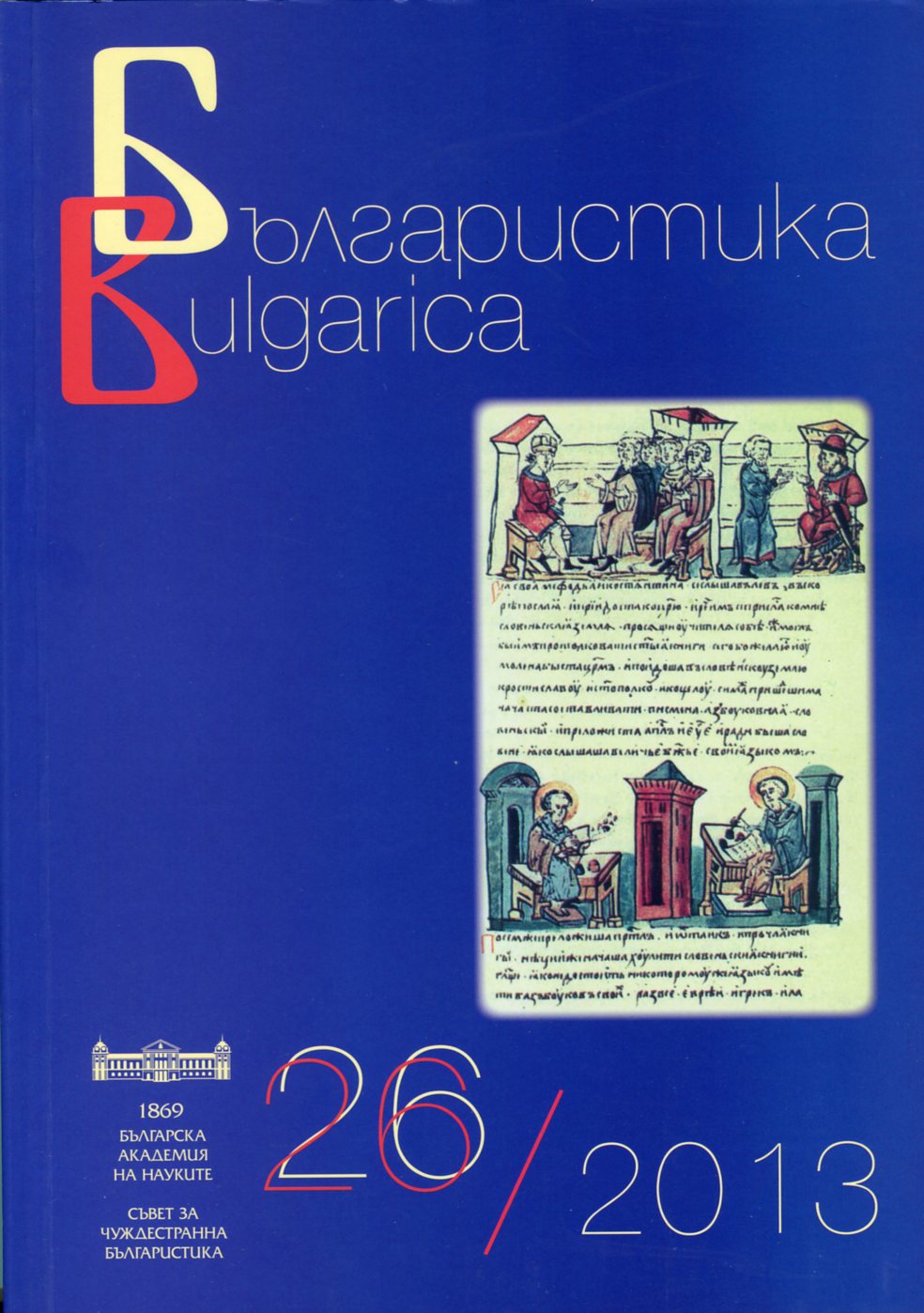
Книги 2012–2013 г.
Selected bibliography in the field of Bulgarian Studies published in the current year.
More...We kindly inform you that, as long as the subject affiliation of our 300.000+ articles is in progress, you might get unsufficient or no results on your third level or second level search. In this case, please broaden your search criteria.

Selected bibliography in the field of Bulgarian Studies published in the current year.
More...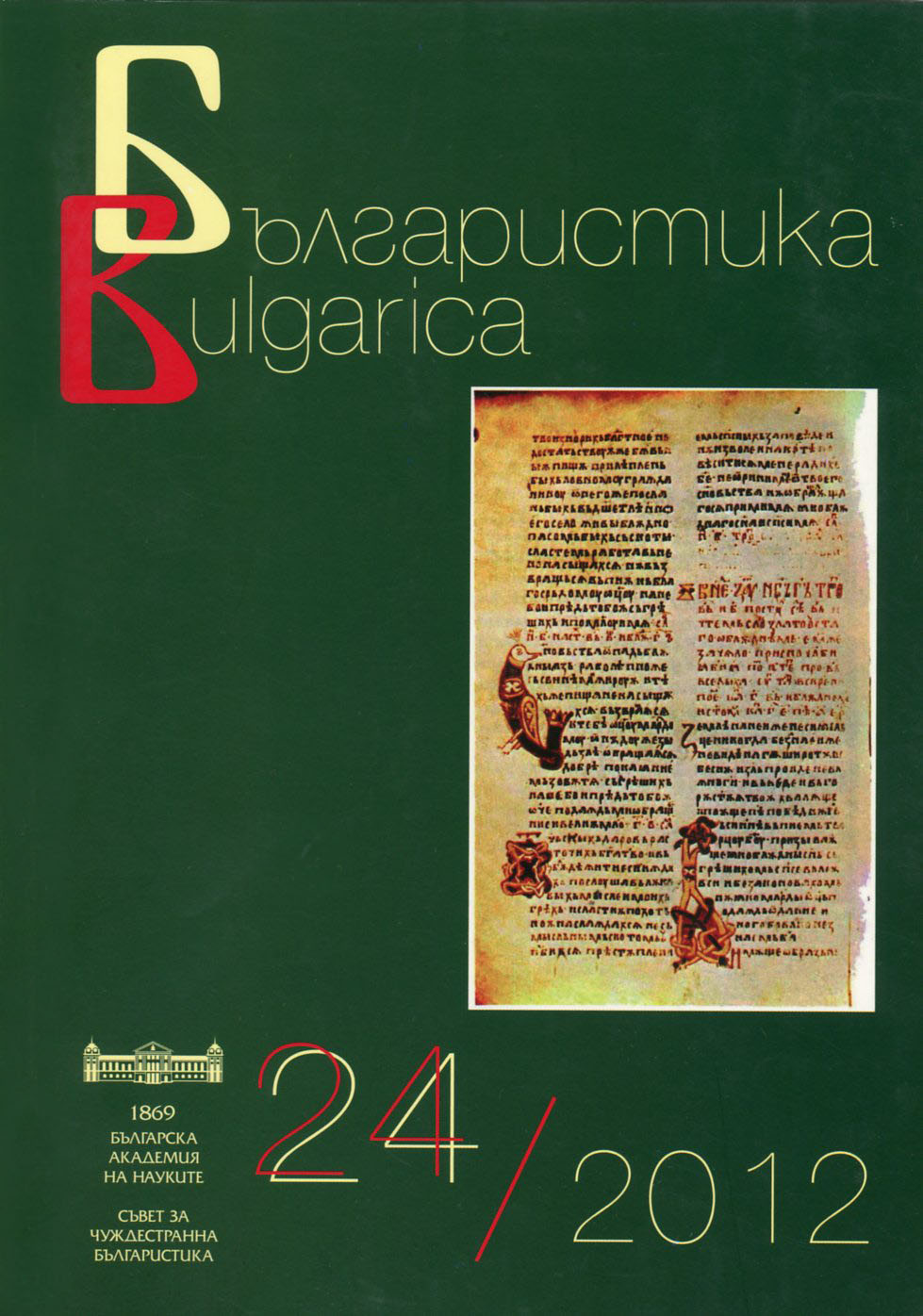
Selected bibliography in the field of Bulgarian Studies published in the current year
More...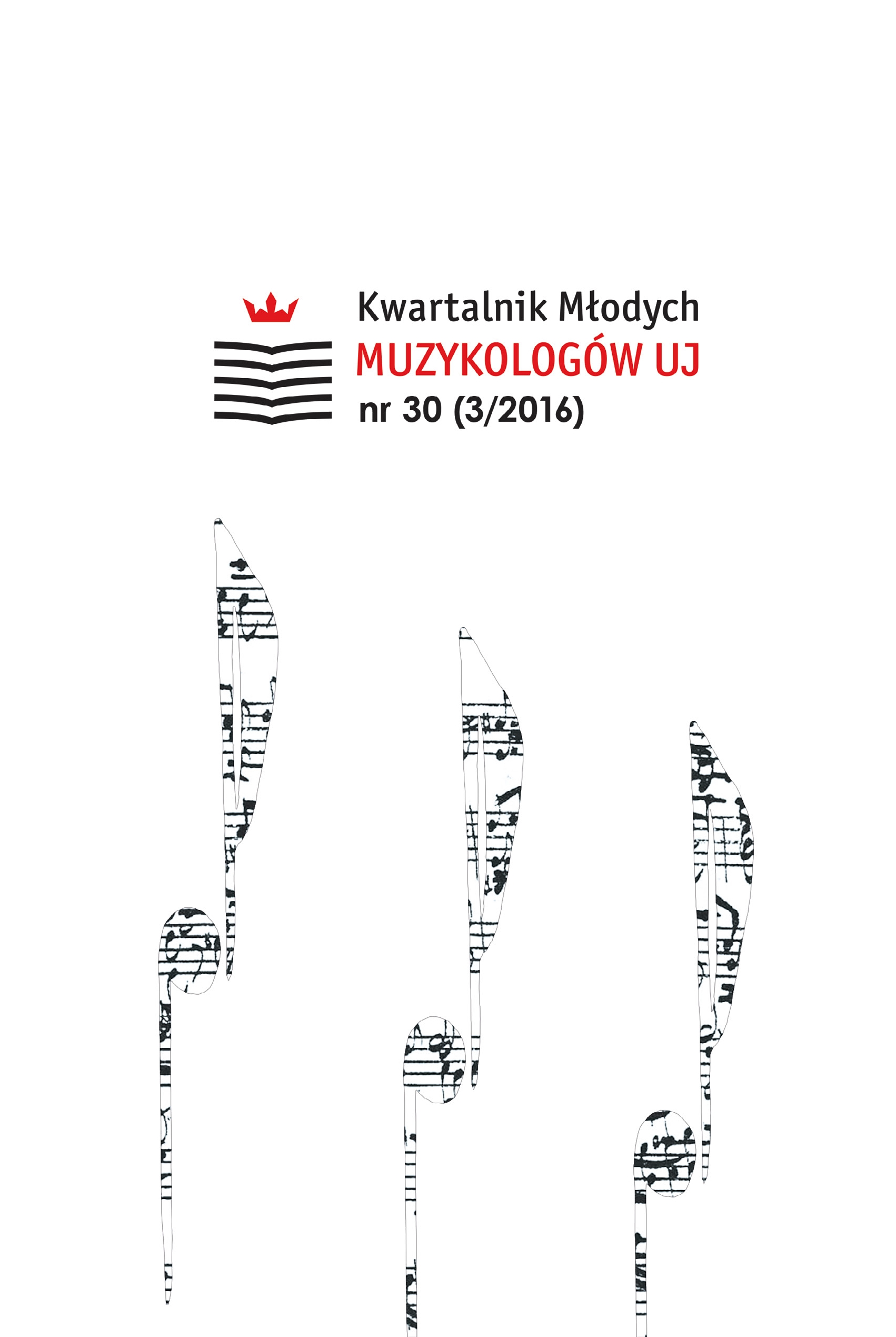
The pioneer of abstraction, Wassily Kandinsky (Васи́лий Васи́льевичКанди́нский, 1866–1944), used musical terms as titles for his paintingswith intention to release them from the themes, considering that musicis “the art which has devoted itself not to the reproduction of naturalphenomena, but rather to the expression of the artist’s soul, in musicalsound”. Through his paintings Kandinsky rethought the principles ofmusic. Not a painting, but an another artistic creation, through whichwe are given a chance to cognize Kandinsky’s comprehension of music,is The Yellow Sound (Der gelbe Klang, 1912), a “composition” for stage.It is the paradigm of Kandinsky’s “true stage-composition”, his totallynew view of theatre that consists of three elements – musical movement,pictorial movement, and physical movement, but interwoventogether in harmony that will trigger inner harmony in a spectator.Music for his scenario was provided by the composer Thomas vonHartmann (Фома́ Алекса́ндрович Га́ртман, 1886–1956), and anothermusical version was written by Alfred Schnittke (Альфре́д Га́рриевичШни́тке, 1934–1998 / Der gelbe Klang, 1974). In Concerning the Spiritualin Art Kandinsky presented his theory of colour through which he explainedhis own (synesthetic) view of yellow colour / sound, particularlyin comparison with blue colour, that was “musicalized” through TheYellow Sound. What kind of yellow and blue tone Kandinsky had inmind, and what nuances of these colours did von Hartmann / Schnittkesee / hear? What musical instrument(s) can produce yellow, i.e. bluecolour? Which music scale / tone / interval has yellow / blue tone(s)?Are we able to perceive all the shades of yellow / blue sound?
More...
The link between silence and death has been a recurring theme of human thought and can often be found in reflections on music. Among many attempts to approach this problem, the author of this paper focuses on those done by Gisèle Brelet and Tōru Takemitsu. The “faithful companion” of music which “perpetually is born, dies and is born again” – this is one of the ways in which French musicologist describes silence. “For a human being, there is always the duality of life and death. Music as an art form always has to connect vehemently with both” – notices Japanese composer, who in another statement combines silence with “the dark world of death”. Interestingly, both Brelet and Takemitsu arrive at the conclusion that such connotations may well be the source of the fear of silence that affects some composers or performers. Despite different contexts, some analogies to their thought – like connecting silence with nothingness and loneliness – may be also found in the Canadian composer Raymond Murray Schafer’s writings, presented fragmentarily in the last subsection. The differences in the notion of the problem between the authors are, moreover, discussed in this paper.
More...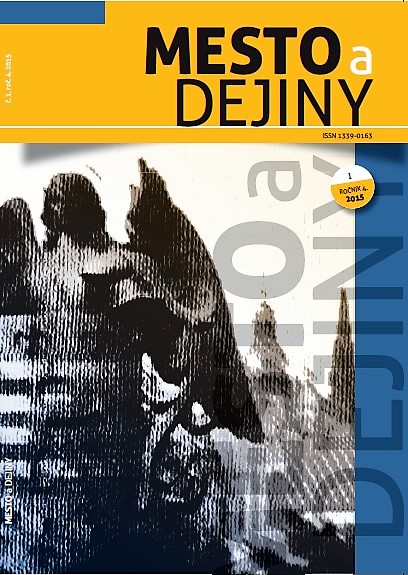
The aim of the article is to reconstruct the image of the town of Košice produced by members of Slovak historiography, and by Czech historians working in Slovakia in the period of existence of the First Czechoslovak Republic 1918 – 1938. The article focuses on answering the questions: how was the „magyarized“ image of the town „slovakized“ by Czechoslovak historians, how they refl ected on the pre-Trianon Magyarization of the town, how they referred to importance of Košice in the Hungarian nation narrative; which processes and events in the history of Košice were emphasised, and which were obeyed. The article deals with variety of strategies in picturing the town and in reinterpretation of the respective historical events in its history. It also attempts to evaluate what role Košice played in the constructed Czechoslovak national discourse. Finally, the article aims to explain reasons, why Košice in the inter-war period, despite becoming a strategic metropolitan hub of East Slovakia, was left in the peripheral position in the context of the Slovak national narrative.
More...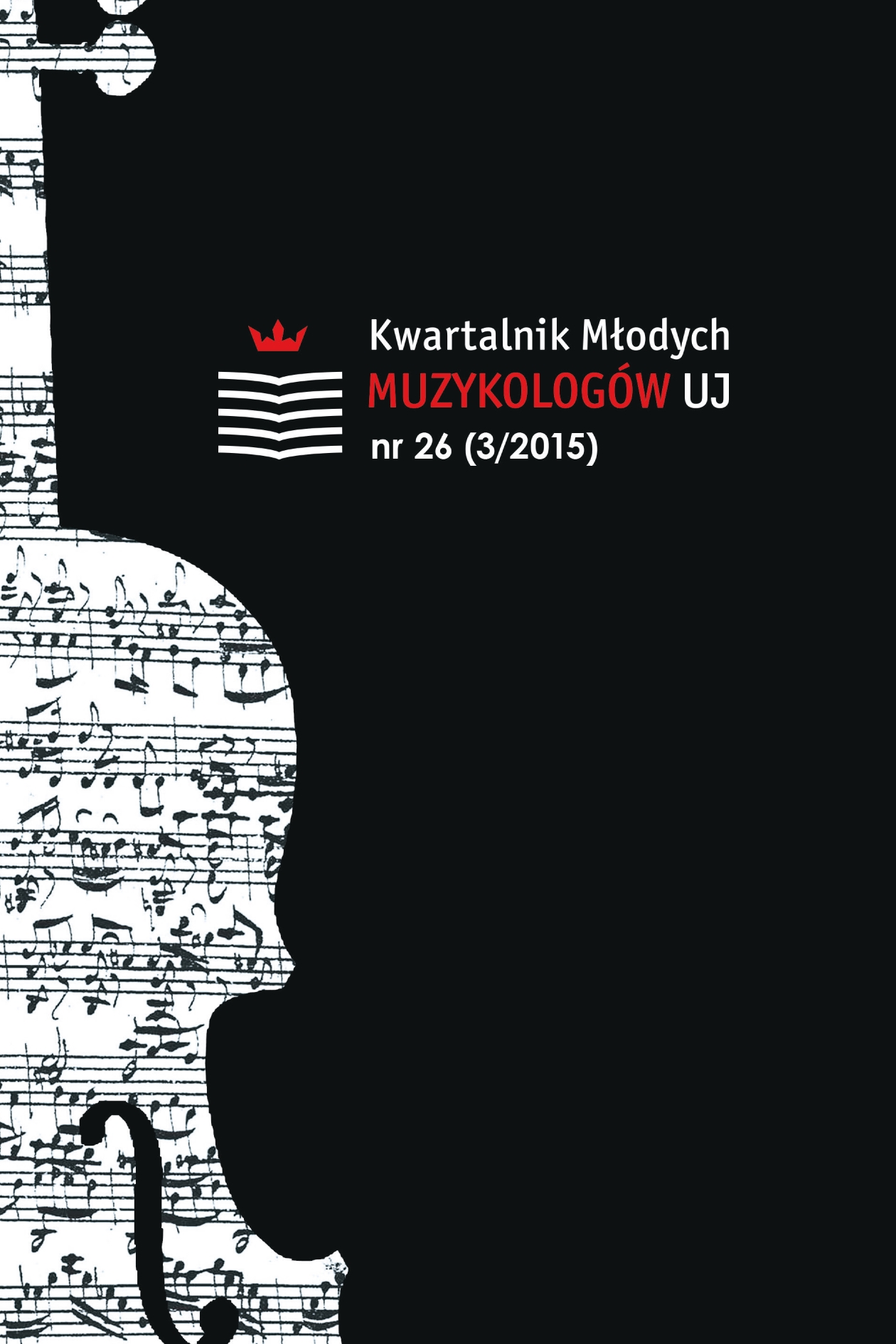
Ludwik Maader (also quoted in sources as Lodovico or Ludovico Maader) was a composer working on Polish territory in the second half of the 18th century. He came to Jasna Góra in September 1784. He was a bandmaster until the end of 1798. Information about his life and activities is rudimentary. We know that he came to Poland from Moravia, specifically from Dub on Moravou – a small town near Olo - mouc, but unfortunately we do not know exactly his earlier activity. Requiem in Es by Ludwik Maader is preserved not only in the Ar - chives of Jasna Góra in the manuscript signed III-446. Currently we found out about four other Requiem. The source from Jasna Góra is autograph of the bandmaster and contains probably the oldest and original version of the composition. The first source is kept in the Jagiellonian Library, comes from Gidle, and was written in 1809. The second manuscript is located in the Provincial Archives of Dominican Order in Cracow and belonged to Dominican’s band in Gidle (1845). The third and fourth sources are inaccessible because of poor state of preservation. They are stored in two places: 1) Archives of the Arch - diocese of Gniezno signature II/7, belonged to the band from Grodzisk Wielkopolski, 2) Archives of the Archdiocese of Poznań – from the band in Gostyń. This article is focused on a comparison of the three manuscripts: one from Jasna Góra and two from Gidle. The author compared the content of manuscripts, the way of signing the text, vocal and instrumental parts and basso continuo.
More...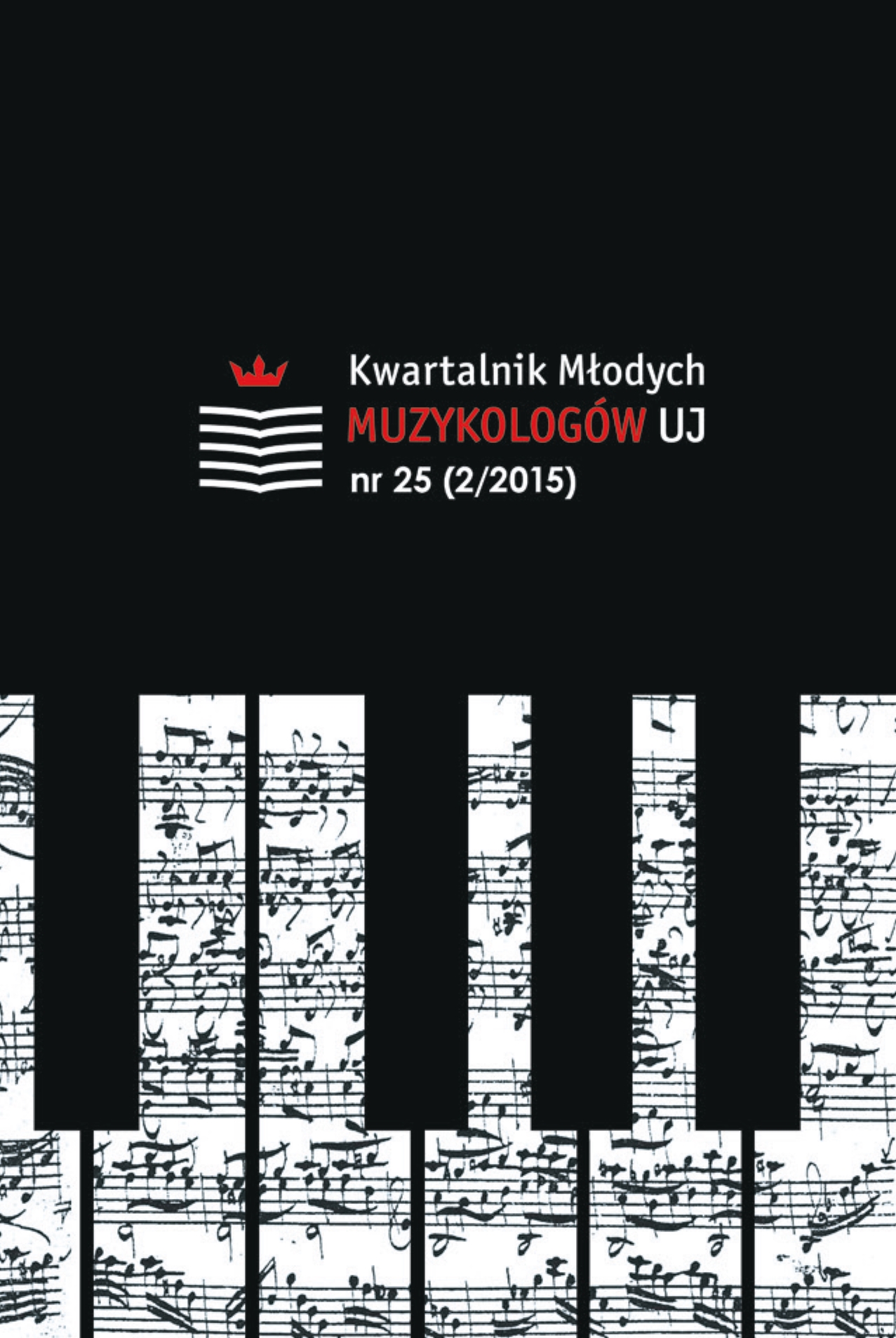
The article is a contribution to the exploration of history of Polish musical culture of the Renaissance and the Baroque period. Recognition of elementary forms of social organisation leads to understanding of the prevailing social and economical relations in those times. This article is one of the first in this topic, therefore it starts with very basic issues. A musicians guild existed in Cracow from 16th to 18th century. The article presents its history and organisation on the basis of statutes and municipal documents analysis. Simultaneously, it raises questions about circumstances of its creation and termination, welded duties and repertoire. The author questions the character of discussed association, considering to what extent it was a guild and a confraternity. The aim of the publication is to present to the reader a coherent picture of the guild, which could provide a starting point for further research.
More...
The aim of this study is to present and synthesize the image of Eugeniusz Morawski’s output as presented by the Polish press and Polish composers. Morawski is an unknown composer, absent from the concert programs. His works were performed during composer’s lifetime and caused mixed and extreme reactions from the critics. His first successful concert – performance of now lost symphony-poem „Vae victis” in Salle Gaveau, Paris, was barely noted in Polish press. The first performance of symphonic poem „Don Quichotte” in 1912 caused vivid, yet mixed reactions. An important review was written by Aleksander Poliński, who criticized Morawski for being stylistically dependent on Richard Strauss’s style. Other reviews, some of them anonymous, were positive. The composer was praised for his talent and he was predicted to become a huge success in the future. Later on, his works were infrequently performed. In 1925, the symphonic poem „Nevermore” was performed in Warsaw under direction of Grzegorz Fitelberg. The work was very well received by the critic Karol Stromenger. Yet Morawski’s greatest success was his ballet „The maid of Świteź”, presented in Warsaw’s Great Theatre in May 1931. In 1933 Morawski received for this work the musical prize from the Ministry of Religious Beliefs and Publick Enlightment, winning the competition with Karol Szymanowski’s „Symphony no.4”. The event was discussed in great detail by the press. Some of the reviewers praised this work as Morawski’s masterpiece, others criticized it as worthless and clumsily written. The ballet was presented again in 1962 under the direction of Bohdan Wodiczko. A critic and a composer Stefan Kisielewski praised the word for its great orchestral effects and eerie climate. The article also uses extracts of letters of a composer Szymon Laks, essays of Stefan Kisielewski, and unpublished material from Polish Composers Union archive – letters of Grażyna Bacewicz and Włodzimierz Sokorski.
More...
Most musicians working at the royal and aristocratic courts enjoyed good status despite the difficult political and economic situation of the Polish Common Wealth in the late 16th and 17th centuries. The height of the status of court musicians depended among others on their place of employment, origin, sex, professional roles and musical specialty. This article focuses on the relationship between the status of the musicians and their origin, sex, workplace and salaries. We compared court musicians’ salaries to demonstrate differences in their material status. The few preserved information about the salaries of the Polish court musicians was analyzed in this study. These were wages of the royal musicians and wages of the musicians employed at the courts of Leon Lew Sapieha, Zamoyscy, prince Dominik Ostrogski-Zasławski and hetman Adam Mikołaj Sieniawski. The results are presented descriptively and in the table and graph.
More...
The theme of this study is a historical reconnaissance of soul music, taking into account the global context, with all the social and historical conditions that accompanied the development of the style. The main aim that the author set himself is to find sources of Polish musicians’ inspirations that can be found in American music from the 60s of the twentieth century. The main section of this paper is an attempt to define soul music and the characteristic of the style in a variety of shots – strictly musical, social, political, historical, racial and the general-culture one. The final chapter undertakes the task of showing the results of analysis of native music in terms of its membership to the style. In this section, a very broad meaning of the term ’soul’ has been assumed, which in this context is merely a reflection of the original phenomenon. The author hopes that this study will contribute to the dissemination of knowledge that soul music – both worldwide and in Poland – is an original and valuable style.
More...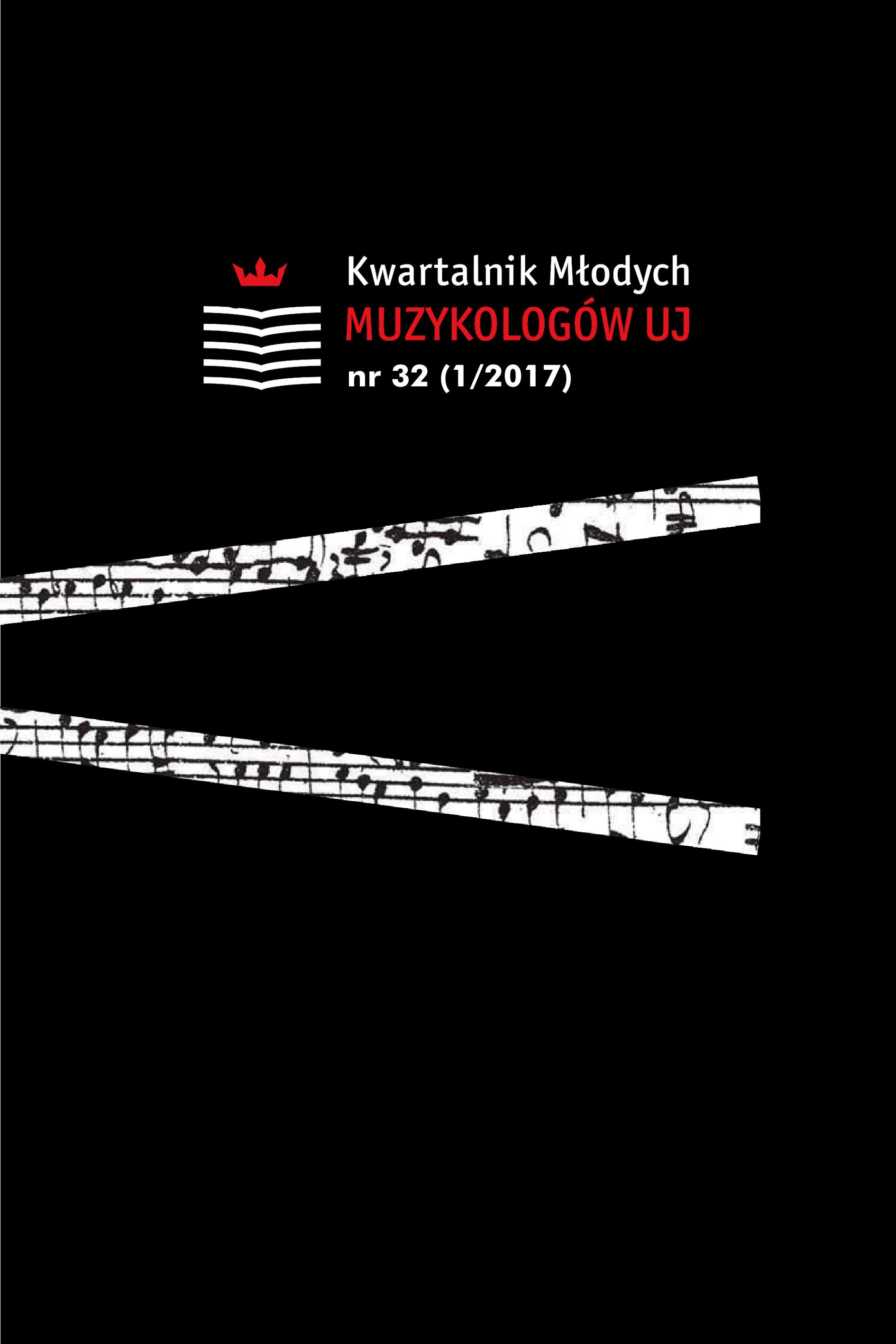
Discontinuum-continuum: the theory of composition by Julio Estrada. The Julio Estrada’s output is still the unexplored area, what creates the opportunity to study the phenomenon called discontinuum-continuum. During the last 36 years of the creative activity, Estrada has developed several aspects of the macro timbre that integrate several compounds of a composition. In his research, Estrada confronts two different situations in the compositional process: continuous transformation of the sound and chronographical method, using strictly defined recording process in order to receive three-dimensional movements of the sound in the topological order. As a result of existing these two situations, a musical work is impossible to be defined by one technique or musical style. Examination of the theory of composition called discontinuum-continuum allows one to understand a new methodology of musical creation that involves scientific research of the physical phenomenon of sound and introspection of the imagination of the sound.
More...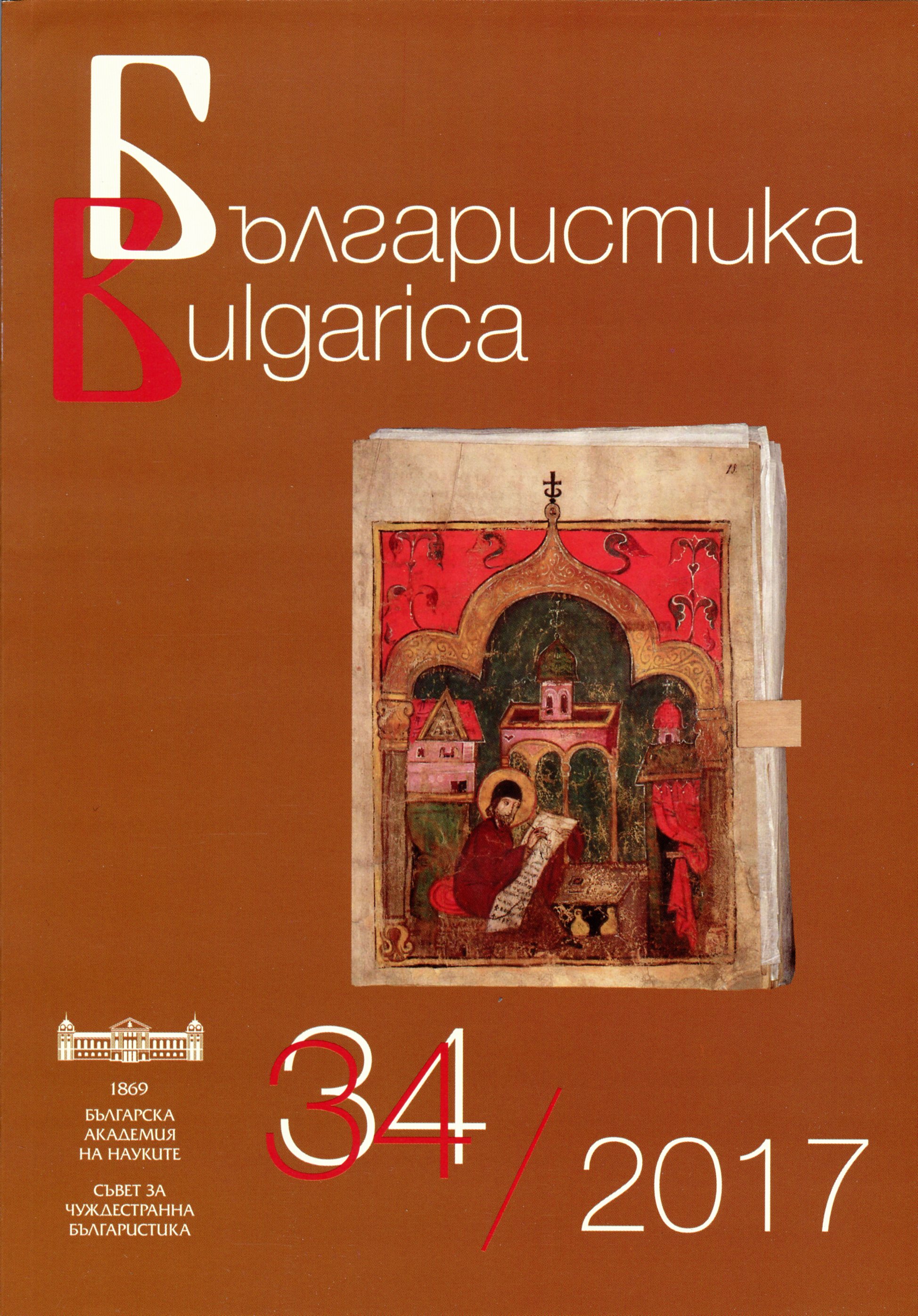
Selected bibliography in the field of Bulgarian Studies published in the current year
More...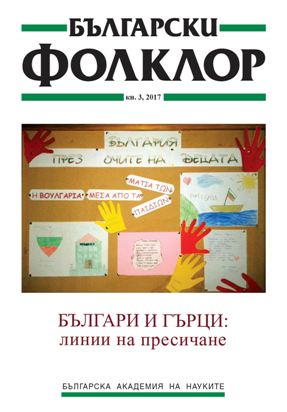
The Balkan Wars (1912–1913) triggered in Bulgaria and Greece unseen enthusiasm and hope for prosperity, as well as for the ‘liberation of our brothers living under yoke”. In the Bulgarian society the Balkan Wars have left a deep emotional trauma. But how does the Greek society evaluate these events? How durable are the Greek military victories and do they nurture new internal or external problems? How do the people in Greece evaluate their own contribution to the success in the Wars and how do they see themselves and their neighbors? What is the relationship between tradition and modernity and what is the place of humanism in this military clash? Is the image of the war undergoing a process of democratization?Seeking for the answers of these and other questions, we decided to present a Greek album from the period. The album is dedicated to the Balkan Wars and remains poorly known. We hope that the analysis of the illustrations in it will enable us to trace the attempt of the authors of the album to influence the audience and will thus allow to see the Balkan Wars through the eyes of the Greeks from the beginning of the 20th century.
More...
Researches of the problem of the importance of Art activities of children at risk is shown in the context of the theoretical, analytical, and empirical aspects of the problem, and inferences and conclusions have been made accordingly. The report focuses its scientific interest on the role of extracurricular art activities for the personal development of the children, their ability to easily integrate to the social environment and to develop abilities and skills, which will help develop their emotional and social growth and keeping them in school. The contributions of this research can be divided into several main directions: collecting and systemizing literature and information directed towards existing models of prevention, showing the importance of art activities of children at risk, analyzing the results that have been achieved by art activities of the group of children endangered of being expelled of school, to define the appropriate models of social adaptation through activating the artistic abilities of the children. The purposes of the research are divided into several groups. On one hand is shown the importance of the introduction to the technical capacity of drawing in extracurricular form with different teachers, showing the analyzes made until the present moment achieved results of European, national and regional level, analyzes, summaries and conclusions of working with children from risky groups. In the analytical part, some of the methods of Rubinstein, Ulf and others, are applied. The results show that with active and regular art activities of children from risky groups, a durable interest is being shown to artistic activities and adaptation to the school environment is made quicker and more qualitative.
More...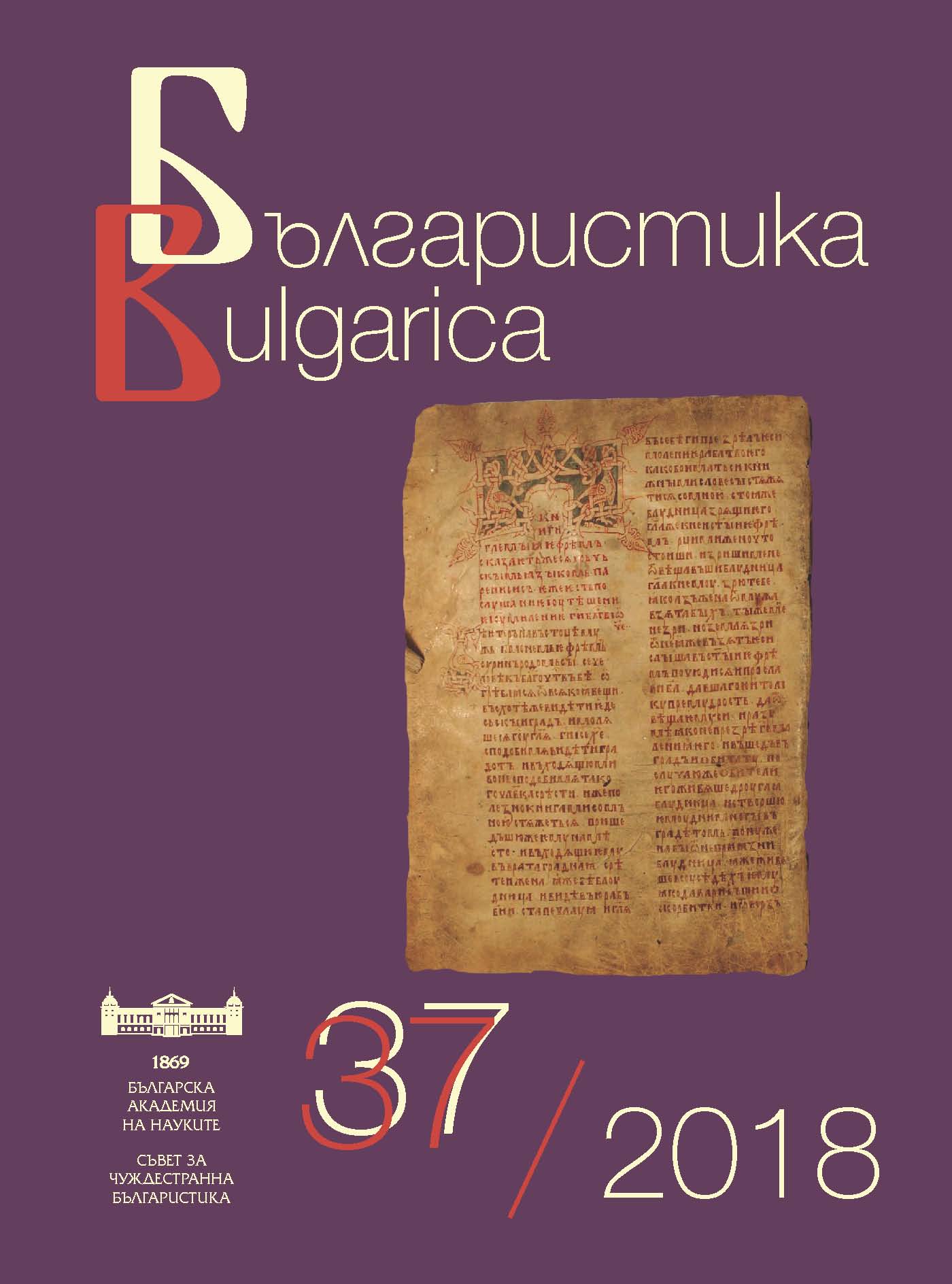
Selected bibliography in the field of Bulgarian Studies published in the current year.
More...
Defended Ph.D. theses in Bulgaria in the field of linguistics, literature, history, folklore, ethnography and art studies.
More...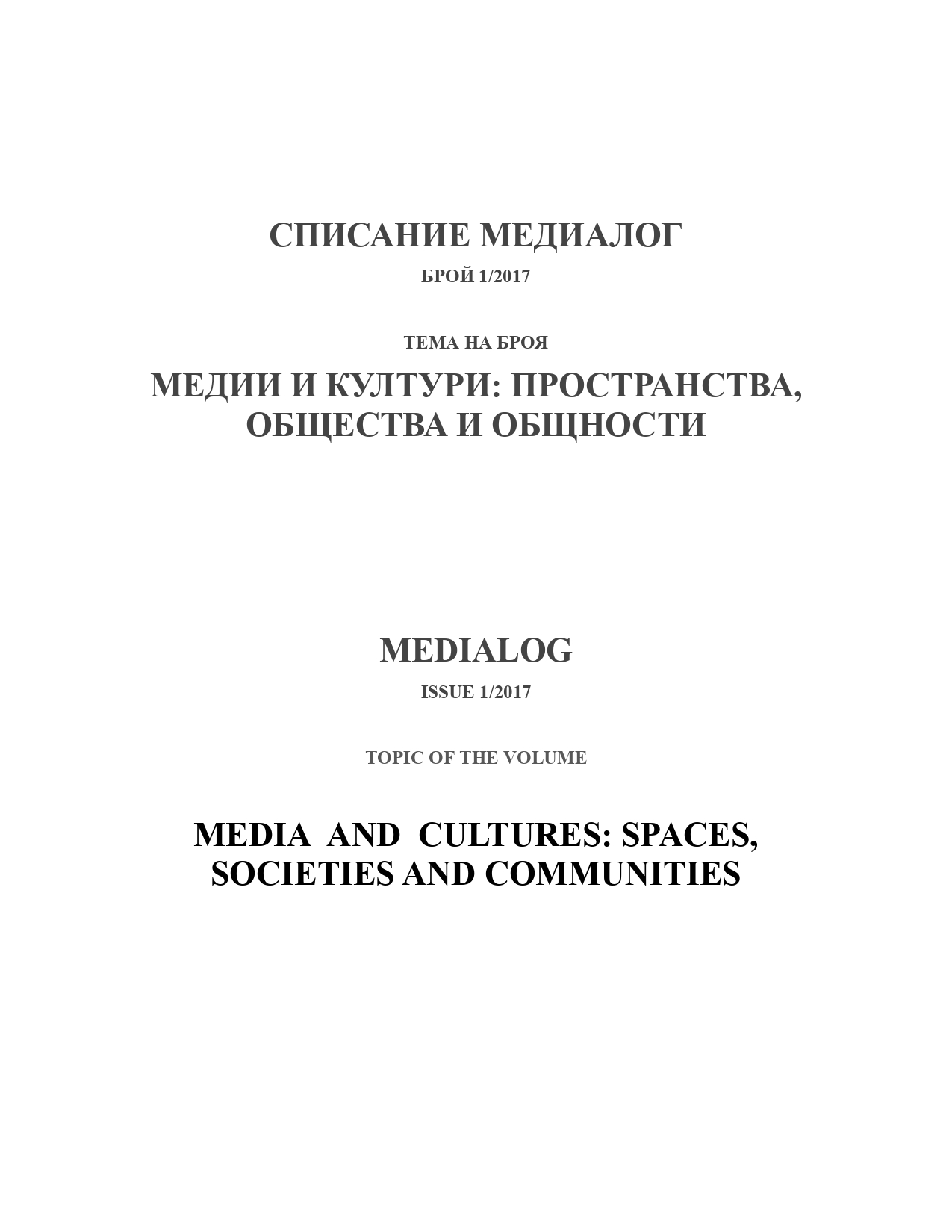
The introductory article of the first issue of 'Medialog' journal presents the new academic journal, part of a new media culture portal. 'Medialog' is a journey into the media worlds. 'Medialog' is an invitation to dialogue addressed to academic researchers and university lecturers, PhD students and students; to all who are curious to understand something more and different about media, communications and culture.
More...
Selected bibliography in the field of Bulgarian Studies published in the current year
More...
Content of the main Bulgarian scientific journals for the current year in linguistics, literature, history, folklore, ethnography and art studies
More...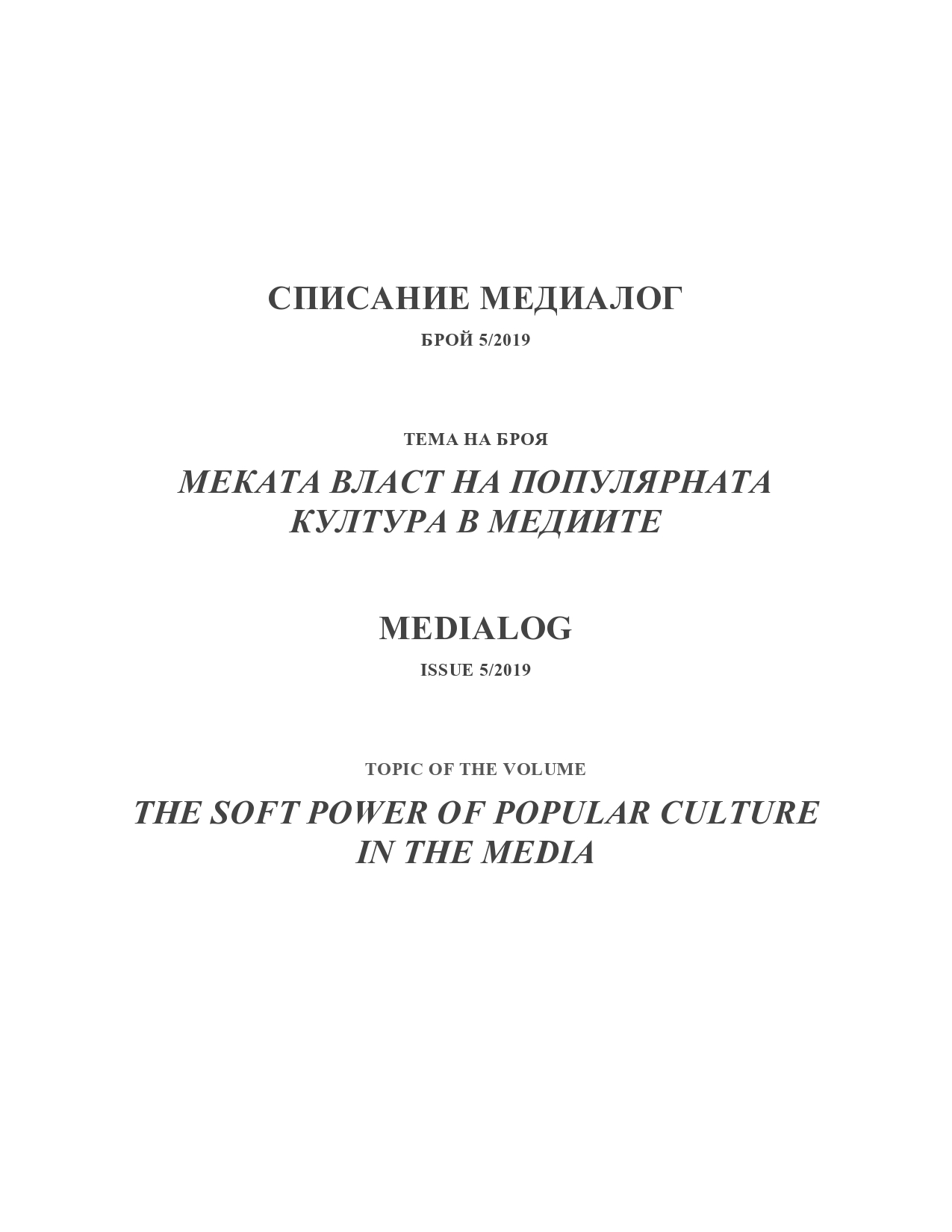
A review of Ivaylo Dichev’s book „Cultural scenes of the political”
More...